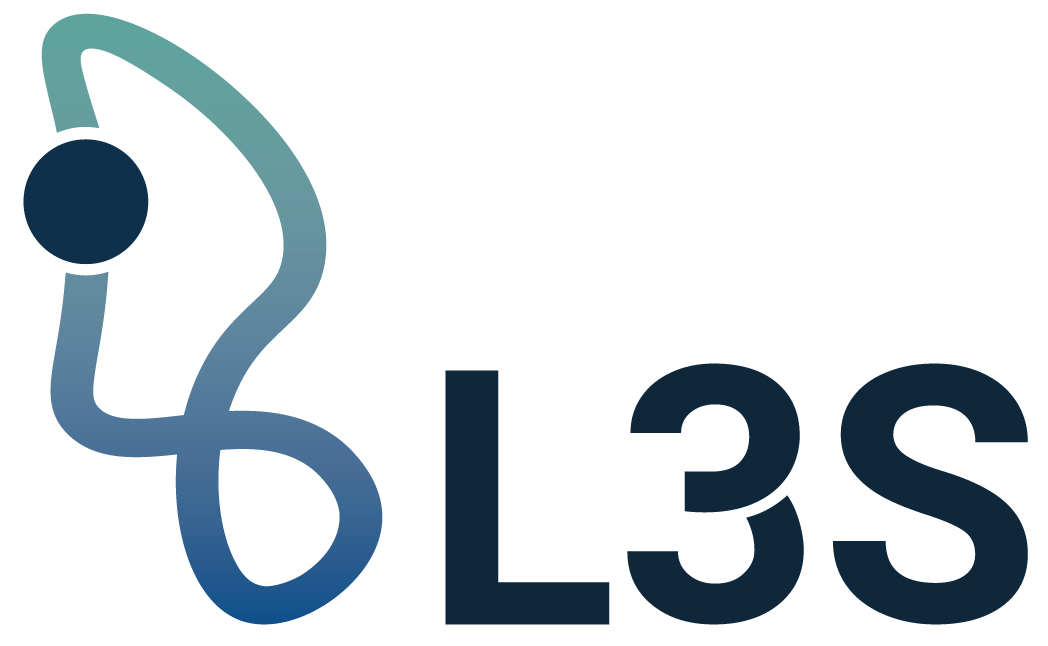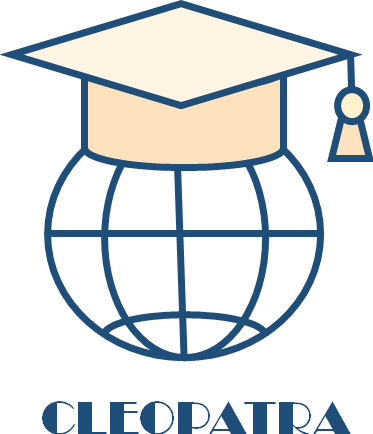|
so:text
|
Nature, within man, was conscious of the evil of death, of its own imperfection. So the rebellion of the living and the resurrection of the dead, in the form of tombstones, are natural acts for a feeling, rational being. It was when the living rebelled and turned to heaven, and when the dead were resurrected in the form of tombstones, that art began. Prayer was the beginning of art. Prayer and the prayer posture constituted the first acts of art; this was theo-anthropurgic art, which consisted of God creating man through man himself. For man is not only a product of nature but also a creation and concern of art. The last act of divine creation was the first act of human art, for man's purpose is to be a free being and consequently self-created, since only a self-created being can be free. In this act of self-creation – that is, in rebelling and turning towards heaven – man discovers God and God reveals himself to man; or, more precisely, on discovering the God of the fathers, the being who has made the discovery becomes not just a man, but a son of man. And only in the abstract sense, forgetting the loss, is it possible to say that the being which has discovered God has become man. (en) |

